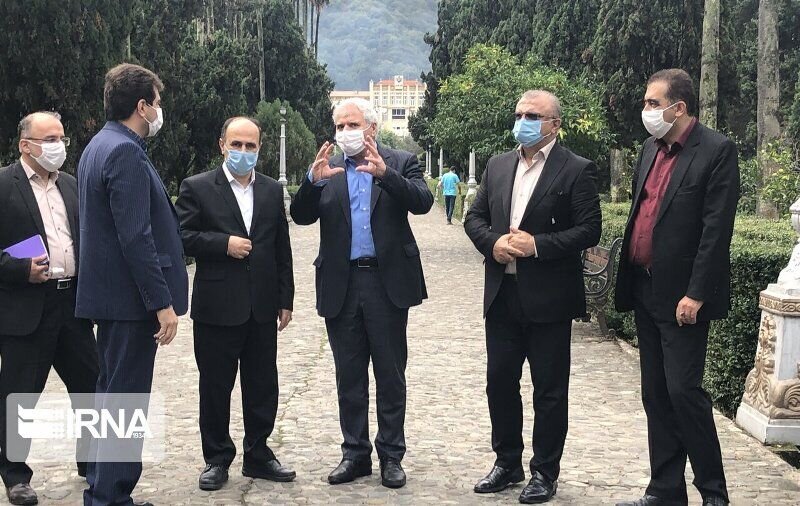Iran seeking UNESCO tag for Ramsar landscape

TEHRAN - Iran is preparing a comprehensive dossier for its northern Ramsar landscape to be submitted to UNESCO in the near future.
Deputy tourism minister Mohammad-Hassan Talebian on Tuesday said if the problems of the 33-hectare Ramsar site are completely solved, its dossier will be sent to UNESCO for being assessed as a World Heritage, IRNA reported.
The official cited some challenges with the cultural, natural landscape, saying “The damage of some trees due to drought, installation of improper mosaics [on the ground] and the lack of drainage in the garden are among the problems that must be resolved as soon as possible so that its dossier could be sent to UNESCO.”
The Ramsar landscape in northern Mazandaran province is one of the two sites proposed in [the Iranian year] 1388 (2009-10) for UNESCO World Heritage listing, he noted.
“A large part of this historic garden embraces species of Hyrcanian forest trees as well as citrus trees that have been damaged over the years due to negligence and they should be restored as soon as possible,” Talebian said.
To achieve this, a meeting is scheduled to be held next week with the presence of natural resources and cultural heritage experts, as well as municipality officials, he concluded.
The cultural-natural landscape of Ramsar is stretched from the northern foothills of Alborz Mountains to the shores of the Caspian Sea. It shows the city planning of one century ago that was integrated with nature.
Possibly the most scenic spot on the Caspian coast, Ramsar is where the jungle-clad lower ridges of the snow-topped Alborz tumble into the sea. It's a verdant, photogenic area, lush with orange groves, and there are walking trails into the nearby hills. Time seems to move more slowly here (especially once you leave the highway), and the town and its hinterland make a nice place to kick back for a few days, especially in spring and autumn.
Iran ranks 10th in the world in terms of the number of historical monuments and sites registered on the UNESCO World Heritage list.
Amongst the UNESCO-designated sites in Iran are “Arg-e Bam” (Bam Citadel) that represents an outstanding example of an ancient fortified settlement, “Bisotun” in western Kermanshah province, which is notable for its Achaemenid-era inscription carved on a limestone cliff, lavish “Golestan Palace” in downtown Tehran which is a masterpiece of the Qajar era (1789 to 1925), and millennium-old “Gonbad-e Qabus” which is a mudbrick tomb tower for Qabus ibn Wushmagir.
AFM/MG
Leave a Comment